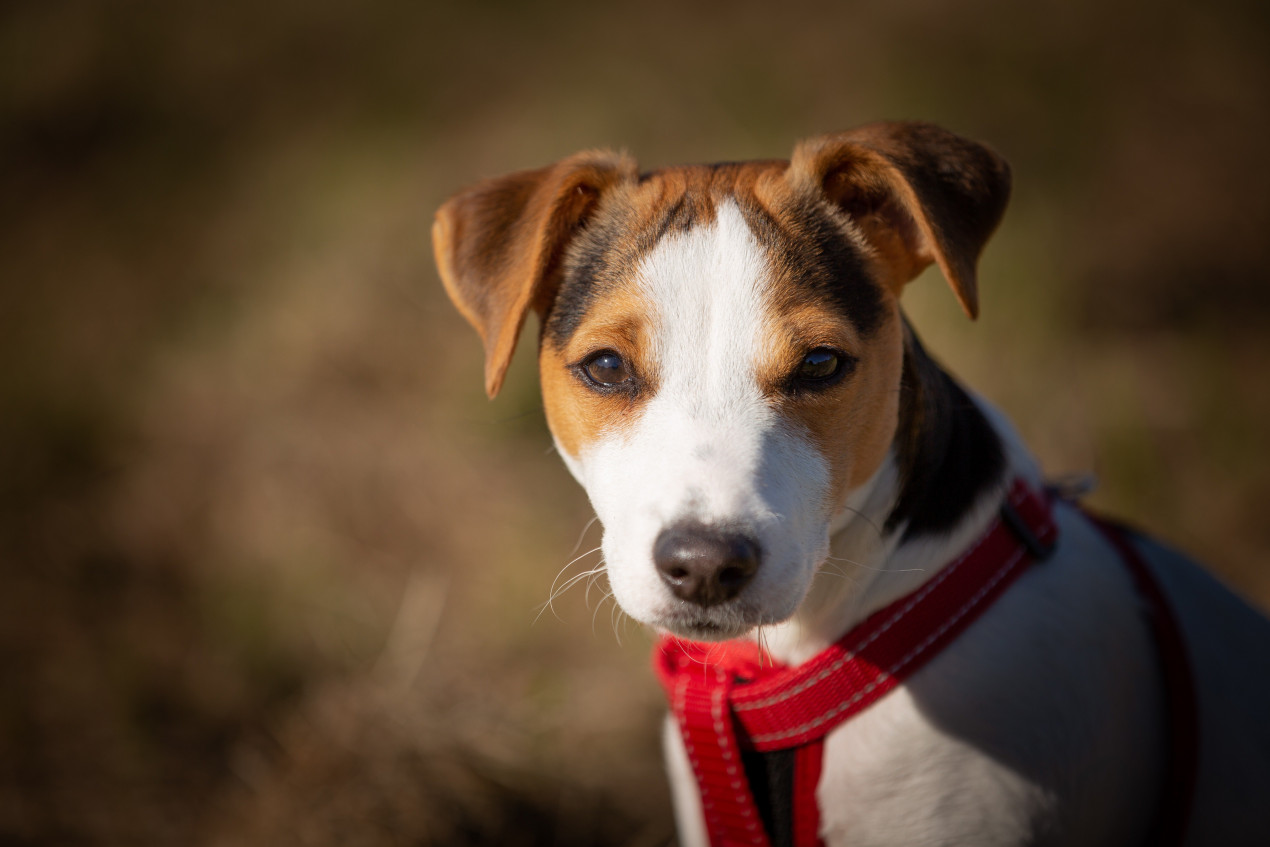Do you need help?

Why should I check for dog ear problems?
Getting into the habit of regularly looking at and assessing your dog’s ears will help you pick up any problems early on and get treatment if needed as soon as possible. Ears problems are one of the most common reasons for vet visits in otherwise-healthy adult animals, so routine checking and health care can help reduce the risks of dog ear problems.
When should I see my vet for my dog's ear problems?
Ear problems in dogs, such as dog ear infections can cause pain and discomfort, just like in humans. If you suspect that your dog has an ear infection or any other ear problem it’s important that you seek advice from your vet or, out of hours, your nearest Vets Now.
How will my dog behave if he has ear problems?
If your dog is uncomfortable due to ear problems, he may scratch or paw excessively at his ear, tilt his head to the side, repeatedly flip his head. If he usually enjoys getting his ears rubbed but pulls away, this could also be a sign of a dog ear infection or other problem.
If your dog appears off balance or is turning round in circles, this may be a sign of a middle or inner ear infection which requires urgent treatment. If you think your dog has a middle or inner infection contact your vet, or your nearest Vets Now at nights, weekends and bank holidays.

I want to start checking for dog ear problems, where do I start?
The best time to do a dog ear check for the first time is after you’ve just had a vet check, as there may be certain lumps or bumps specific to your pet. If you know they’ve been checked and are ok, you can use this as a ‘baseline’.
Explain to your vet that you are keen to start doing your own basic health checks for dog ear problems so you can keep an eye on him between visits to the vet. They may show you any unusual things with your pet so you know what is already there.
Be careful to explain that you are not trying to replace your vet by doing things at home but because you want to know of any dog ear infections or any other changes so you can get them treated quickly.
How do I check for ear problems in dogs?
- Start by using your fingers to feel all over the pinna (the sticky up bits or the flappy bits, depending on your breed)
- Make sure you feel the whole of the surface of the ear and note anything that seems unusual. A normal ear flap is cool, soft and free from lumps and bumps or areas of pain.
- Then, look in and around the ear canal itself, looking for anything you wouldn’t expect to see. A normal ear canal should appear a pale pink colour, it may have a little wax but should generally be quite clean and not smelly (it may smell a little waxy but not offensive). It should not be moist.
What should I look for when checking my dog's ears?
In general, you are looking for anything that seems unusual to you. The following would be signs of dog ear problems and warrant a phone call to your vet:
- If any part of the ear is painful.
- There is an offensive smell to any part of the ear.
- The skin in the ear canal looks reddened and inflamed.
- There is a lot of wax.
- You can see anything ‘moving’ in the ear canal (ear mites are relatively common in young dogs and can be very uncomfortable.
- New lumps or bumps you hadn’t noticed before.
These checks are not meant to replace going to the vet but to help you identify what is normal for your pet and when things are changing and may require more attention.

